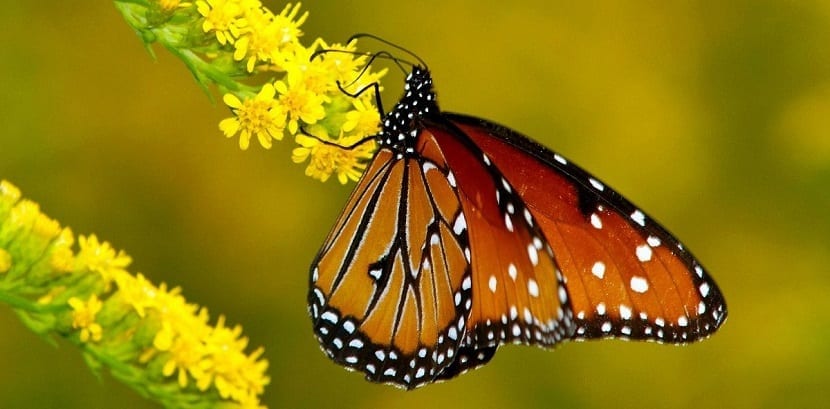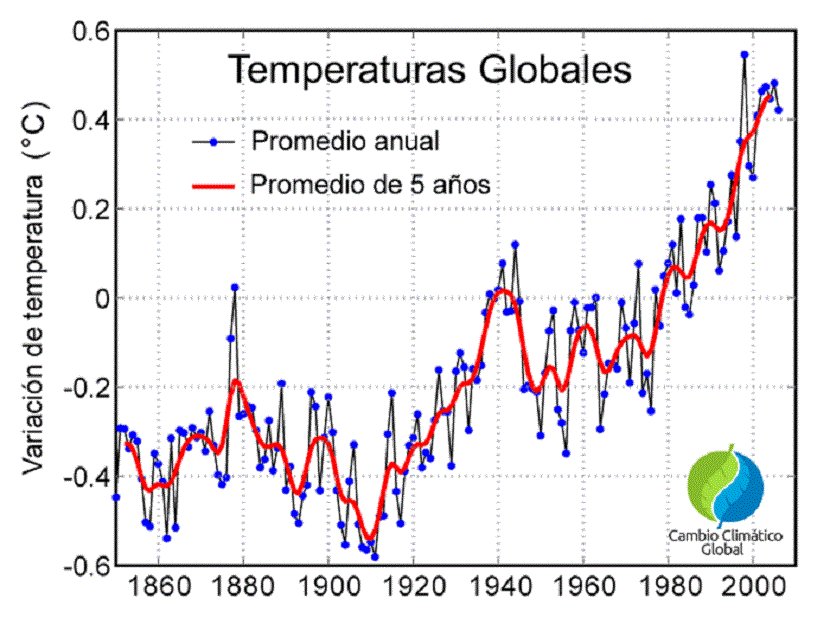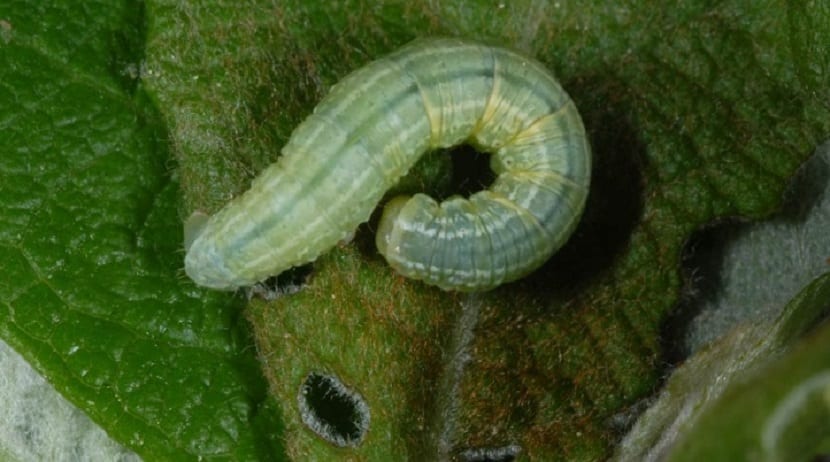
Climate change has many serious consequences for ecosystems. Species, both animals and plants and other organisms also undergo changes due to the effects of climate change.
With rising temperatures, changes in natural cycles, increased extreme weather events, etc. Many animals and plants are out of sync with ecosystems. What does it mean and what repercussions does a species lose its synchrony with ecosystems?
Evidence of changes in ecosystems

In this article I am going to talk about phenology, so I am going to define it in case there is any doubt. Phenology is the relationship between the life of animals and plants as a function of time variations. For example, the reproduction or nesting cycles of a bird is a phenological characteristic.
Richard Fitter is the author of dozens of books on flowers, birds and allied subjects, being a well-known naturalist in the 90's. He was strolling in the middle of the last century and, for entertainment rather than scientific motives, he was writing down the date of flowering of hundreds of species of plants, the departure of butterflies in late summer and other signs that mark the beginning and end of the seasons. All this they are phenological characteristics of the species.
Over time, his son Alastair also became a naturalist and as an adult, he realized the importance of the notes that his father was making. They constituted one of the few records that existed on the phenology of many species. By the time he started going through all the records, the planet was already warming due to climate change, and global temperatures had already risen 0,6 degrees over the past 100 years.
Alastair noted that records taken in the early 385s did not show any consistent pattern. By comparing the flowering periods of more than XNUMX plants, he found that they had advance an average of 4 days. Some species even bloomed up to two weeks earlier. With this, it began to show that climate change is occurring with remarkable speed since, as temperatures rise, plants "feel" spring much earlier, which is why they bloom.
Report on changes in phenology

The Intergovernmental Panel on Climate Change (IPCC) published a report addressing the relationship between species and temperature for at least the last 20 years. Of the more than 500 species of birds, amphibians, plants and other organisms studied, 80% had changed, in the way that one would expect from an increase in temperatures. Things like the date of reproduction or migration, the length of the growing season, or the size and distribution of populations changed.
This report concludes that, throughout the XNUMXth century, regional climate change, in particular the rise in temperature as the most determining effect, it had had an impact on biological systems and their natural cycles.
Various investigations have been carried out in which an attempt is made to study whether global warming damages the relationships between plants and animals in the same ecosystem. In some cases, rising temperatures are degrading the links in the food chain and the efficiency of some organisms to survive in their habitats.
Some animals and plants get up earlier

There are species of birds such as the great tit (parus major) that begin their annual nesting rituals in April and May. After an investigation of these birds in which traps were placed near their nests to be able to catch, weigh, measure, etc. It was concluded that, after 18 years of measures (from 1985 to 2003), the phenology of the great tit did not change, since they nested the same day year after year. We can say that climate change has not affected chickadees. However, it has affected a species of caterpillars of the night butterfly (Operophtera brumata) that, along with other less abundant species, serve as food for chicks of chickadees.
Currently, the maximum number of caterpillars available for chicks of chickadees It is two weeks ahead of the year 1985. This climax of increase in the number of caterpillars coincided perfectly with the period of greatest food demand of the chicks. Now, most chickadees hatch when the caterpillar season is over. Given the consequent food shortage, only chickadees that get up earlier are the only ones capable of eating caterpillars.
The food web is also losing synchrony

Not only are birds or moths out of sync, but they are also the lower levels of the food chain. The moth feeds on the young, tender leaves of the oaks where the birdhouses are. In order to survive, the caterpillar must hatch just as the buds burst and the oak leaves open. If the insect hatches from the egg more than about five days before the yolk burst, it will starve. The same will happen if this occurs more than two weeks later, because the oak leaves are filled with tannin, abhorred by the caterpillar.
And it is that in nature everything pursues an exact balance, a suitable moment in which the species have their maximum probability of survival. It is not that things work like this because it is "dictated" or "ordered" by someone, but rather that species, both animals and plants, have these cycles like this, because throughout history, evolution and adaptation have made its phenology obtain these periods since its degree of success is higher.
With climate change all these cycles are changing dramatically. Many species see their chances of survival diminished in the face of such changing scenarios and such disparate atmospheric variables. An increase in temperature causes the advancement of spring and the flowering cycles of many species of plants of which they depend on animals to grow. If we are dragging this through the food chain, we realize that there are a host of problems in the synchrony of ecosystems and that the fragile ecological balance does not work as it should.